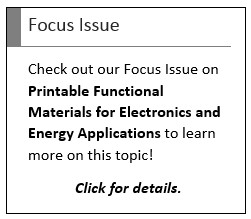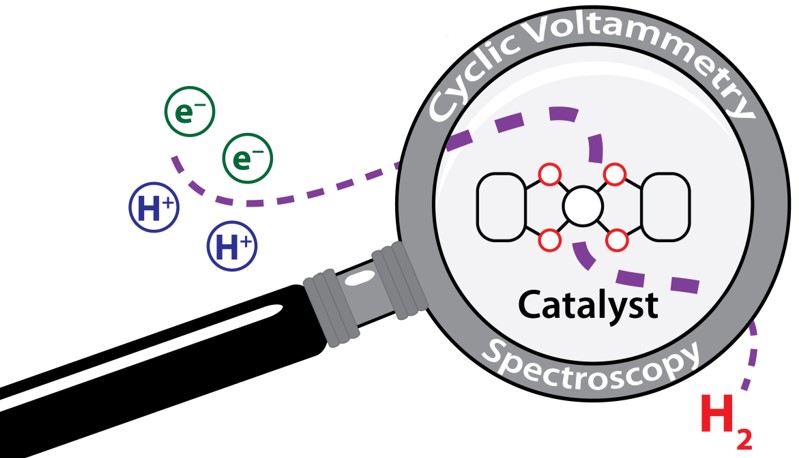 Logan Streu, ECS Content Associate & Assistant to the CCO, recently spotted an article out of Lawrence Livermore National Laboratory detailing a new type of graphene aerogel that could improve energy storage, sensors, nanoelectronics, catalysis, and separations.
Logan Streu, ECS Content Associate & Assistant to the CCO, recently spotted an article out of Lawrence Livermore National Laboratory detailing a new type of graphene aerogel that could improve energy storage, sensors, nanoelectronics, catalysis, and separations.
The researchers are creating graphene aerogel microlattics through a 3D printing process known as direct ink wetting.
This from Lawrence Livermore National Laboratory:
The 3D printed graphene aerogels have high surface area, excellent electrical conductivity, are lightweight, have mechanical stiffness and exhibit supercompressibility (up to 90 percent compressive strain). In addition, the 3D printed graphene aerogel microlattices show an order of magnitude improvement over bulk graphene materials and much better mass transport.
(more…)





